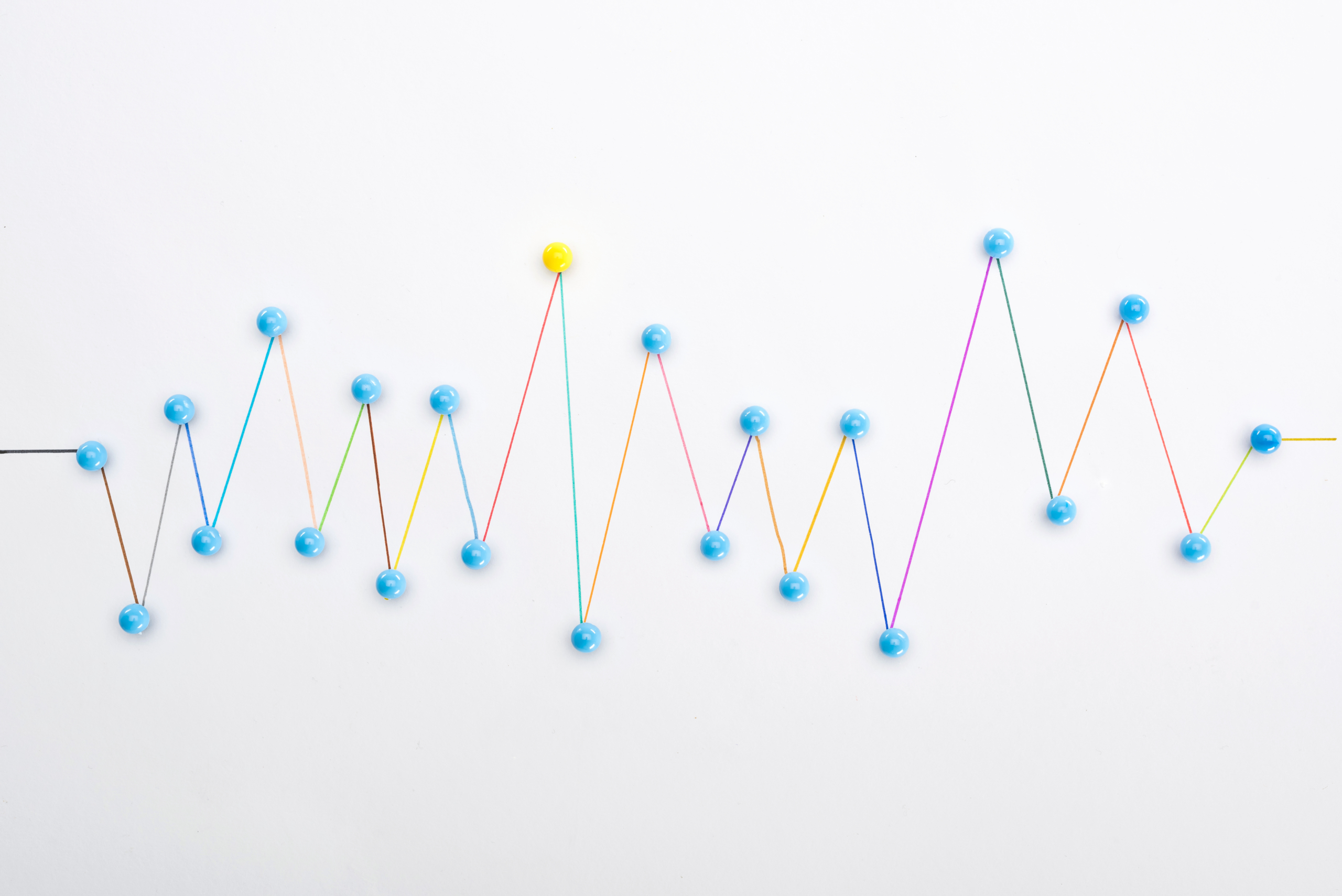In this brief blog article, we will examine the difference between frequency and rate. This article is useful for registered behavior technicians (RBT) or students who are studying to become board certified behavior analysts (BCBAs). Understanding (Applied Behavior Analysis) ABA terms is critical for both being an effective ABA therapist and passing your BCBA exam.
In an effort to help you study for your BCBA exam more effectively, this post is written in a “study note” form rather than as a long form blog post. Happy Studying!
Frequency definition
Frequency is a measure used in applied behavior analysis to count the number of times a behavior occurs. When using frequency, there is no specification as to the length of time a behavior was observed.
When to use a frequency measure
You should use frequency when you want to measure the number of times a behavior occurs and time does not matter. For example, if a child always has two hour long ABA sessions, you can use frequency. There is no need to calculate a rate when graphing a behavior because the session times are all the same.
An important note is that if a session is ever cut short due a family arriving late or a child getting sick and needing to end early, the data may look skewed and the graph will be inaccurate.
Another time that frequency is useful is if you are asking a parent to record how many times they observe a behavior. Typically, it is more challenging for a parent to try to determine a time based procedure and as a result they will be less likely to comply.
Examples of Frequency measures
Example 1: John got out of his seat 7 times during class.
Example 2: Jill had three toileting accidents.
Example 3: Jack said 70 words during his session today.
These are all examples of frequency because no time interval was specified.
Rate Definition
Rate is a measure used in ABA therapy that calculates the number of times a behavior occurs in a specific time inverbal. A rate will always be expressed as an occurrence per hour. To determine the rate of behavior you divide the frequency by the time measure.
When to use a rate measure
You should use a rate when you want to record how many times a behavior occurs in a time interval (minutes, hour, days ect). It is very useful when comparing data between different ABA therapists when session times are unequal. It is a far more accurate measure than frequency.
Examples of rate measures
Example 1: Kyle said thirty words per hour.
Example 2: Karen called out one time per hour during class today.
Example 3: Kaleb had three toilet accidents per day this week.
Difference between frequency and rate
In summary, both frequency and rate measure the number of times a behavior occurs. Rate is time based and frequency is not. Rate is more accurate and frequency is easier to calculate.
References
Cooper, J. O., Heron, T. E., & Heward, W. L. (2019). Applied Behavior Analysis (3rd Edition). Hoboken, NJ: Pearson Education.



